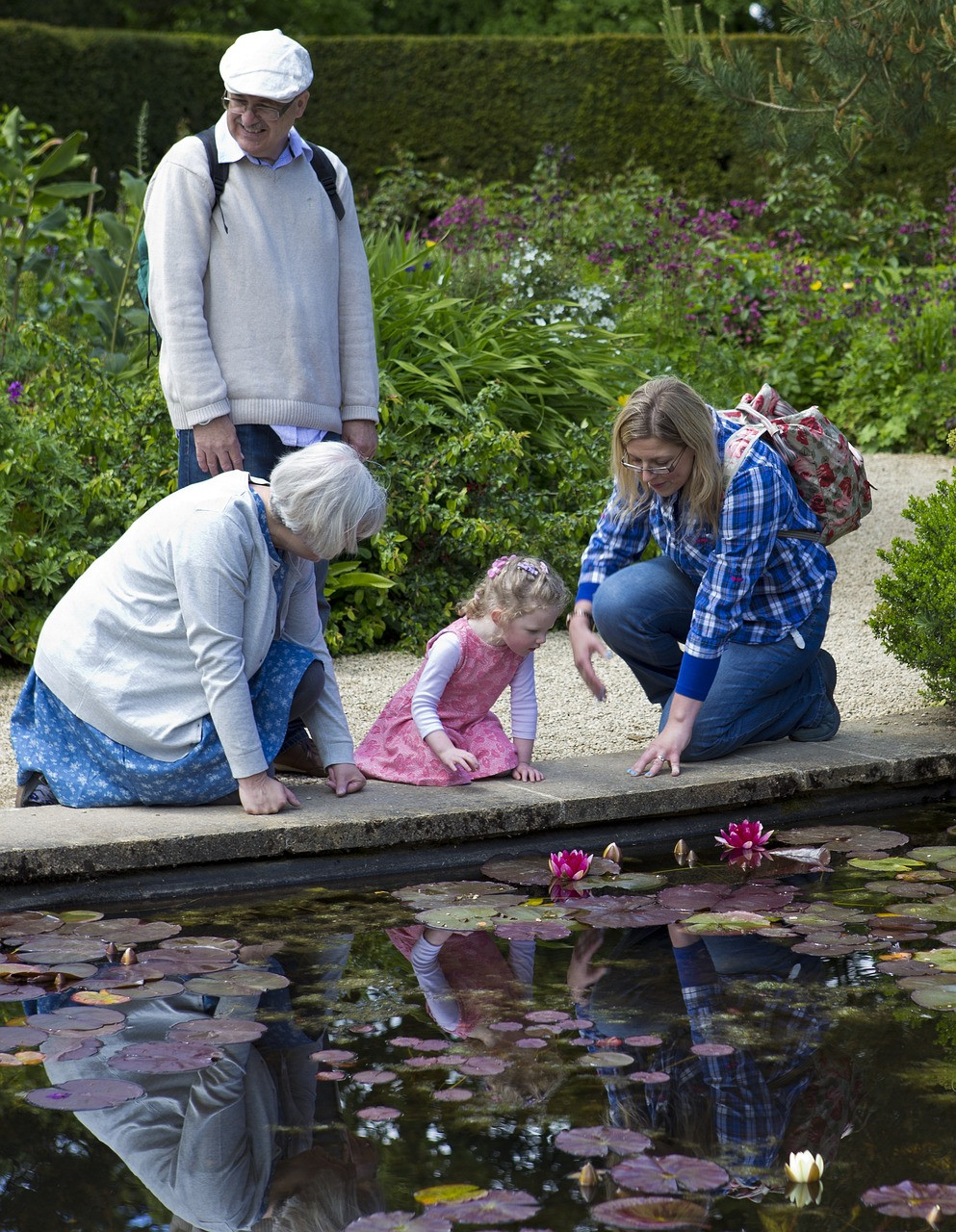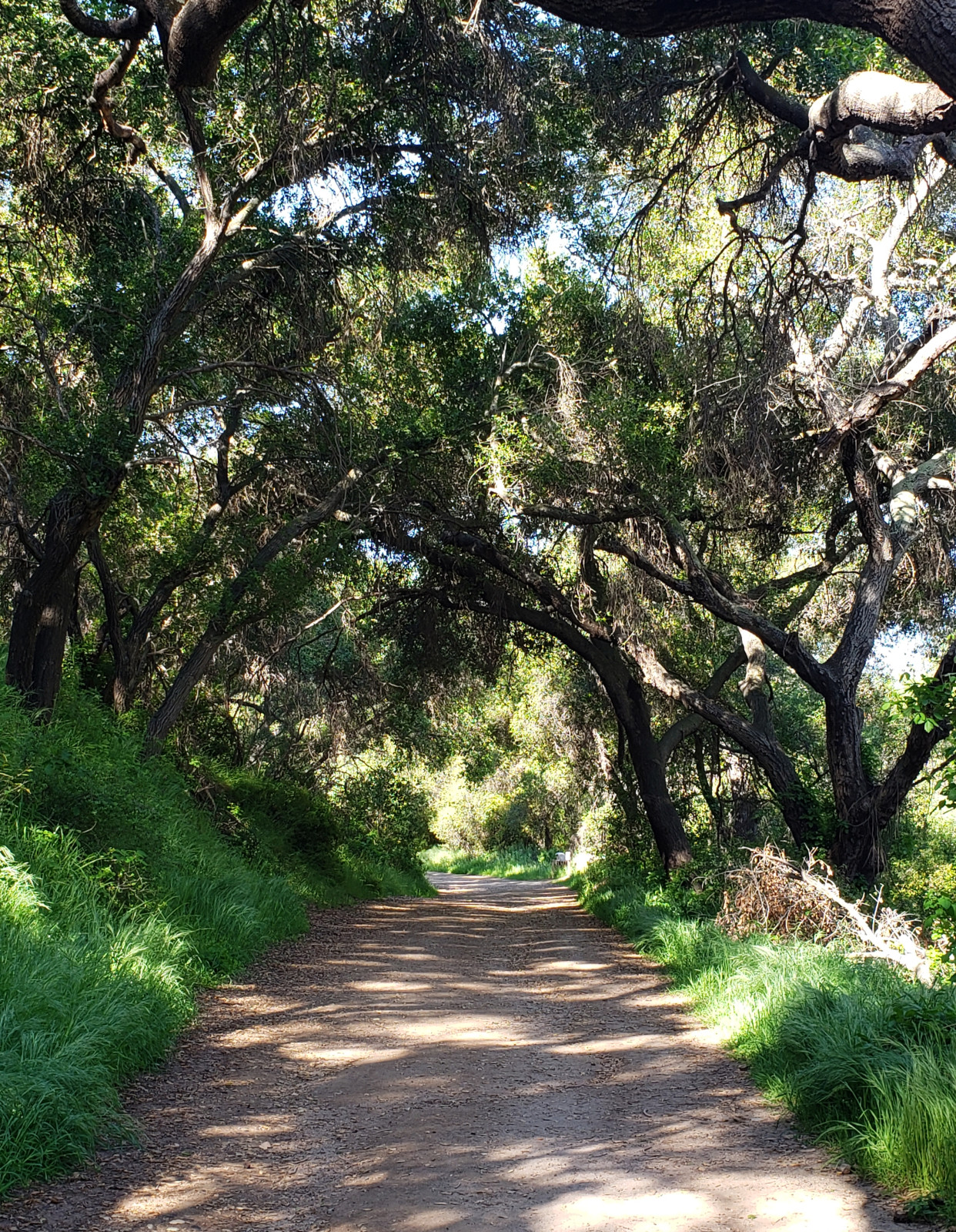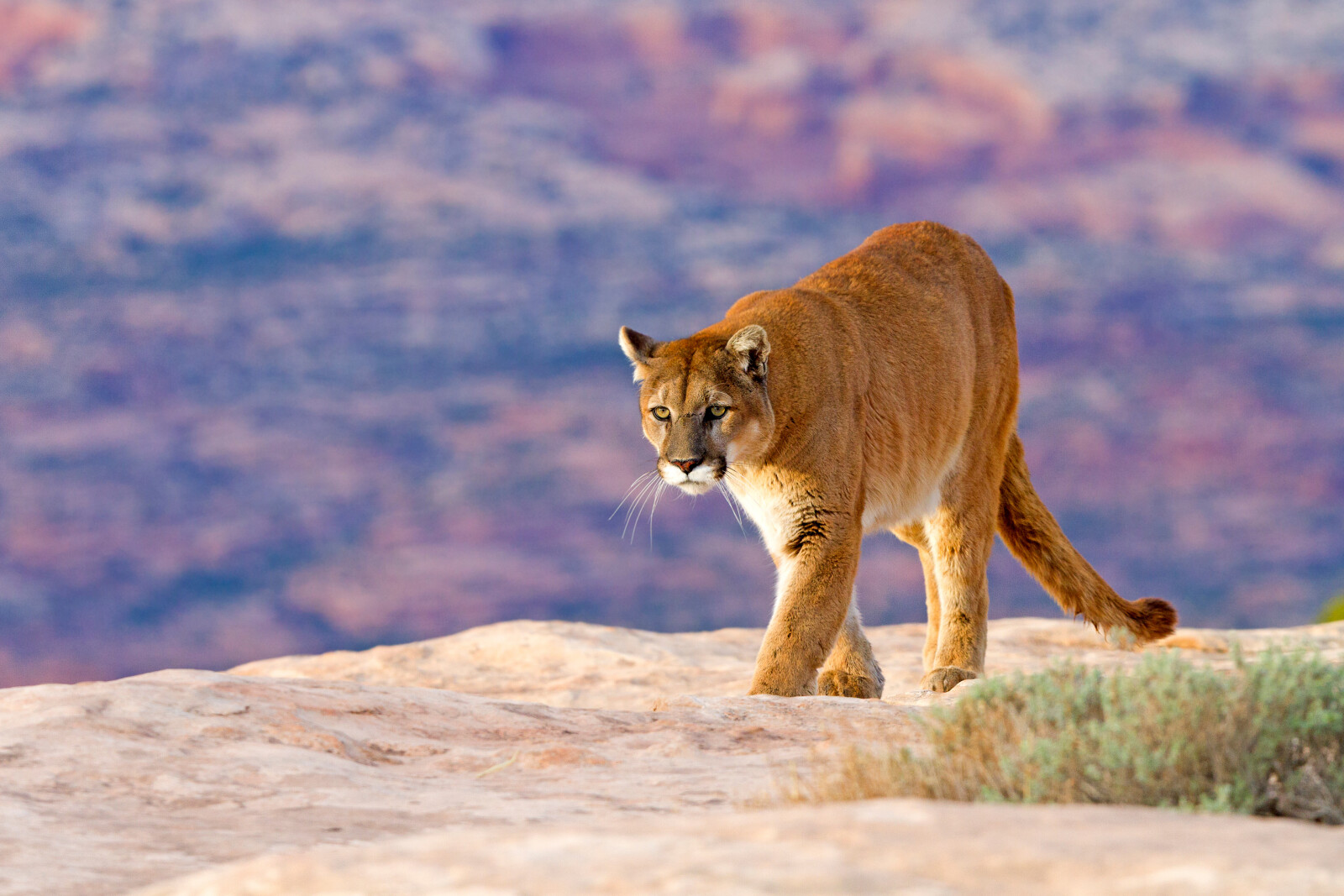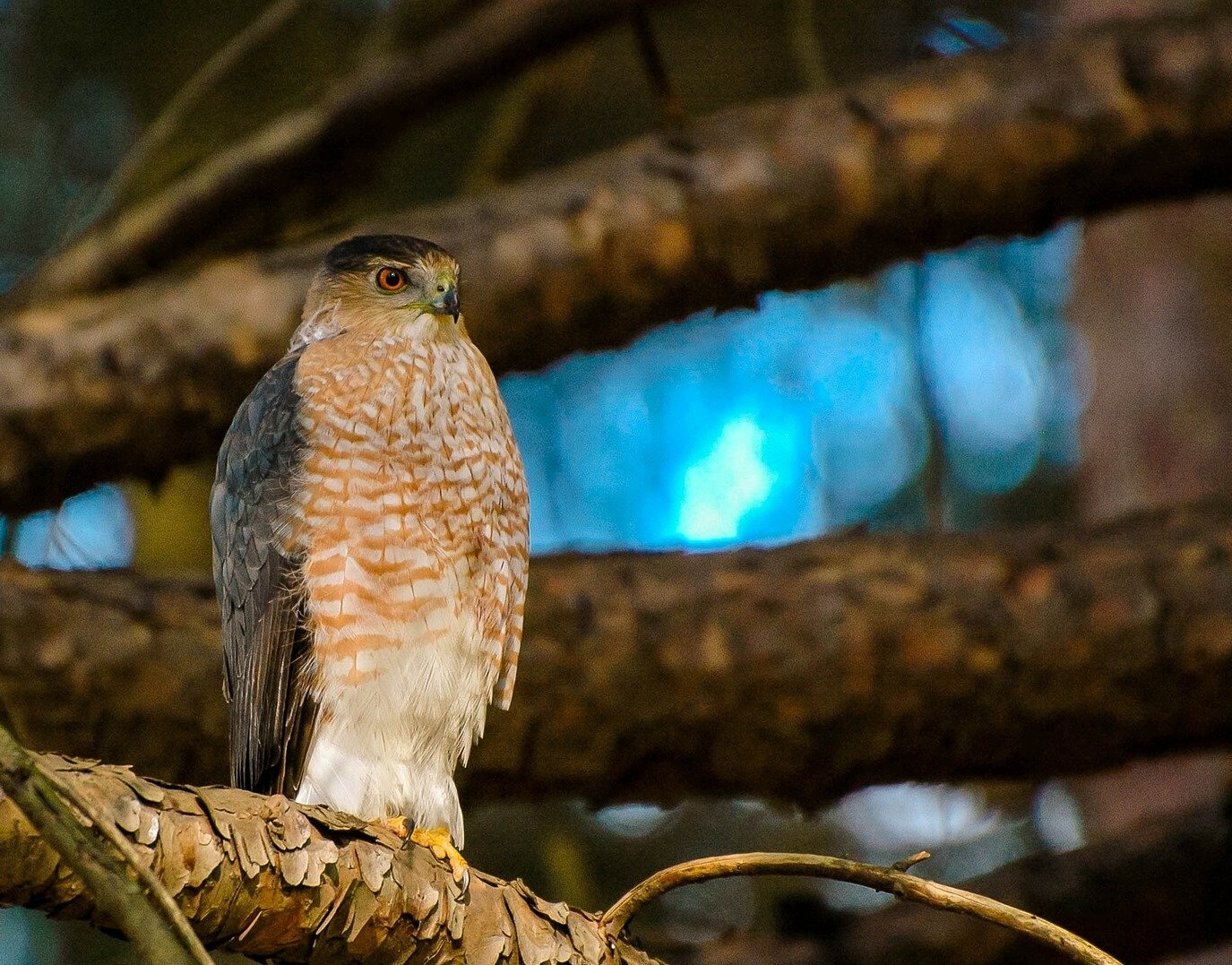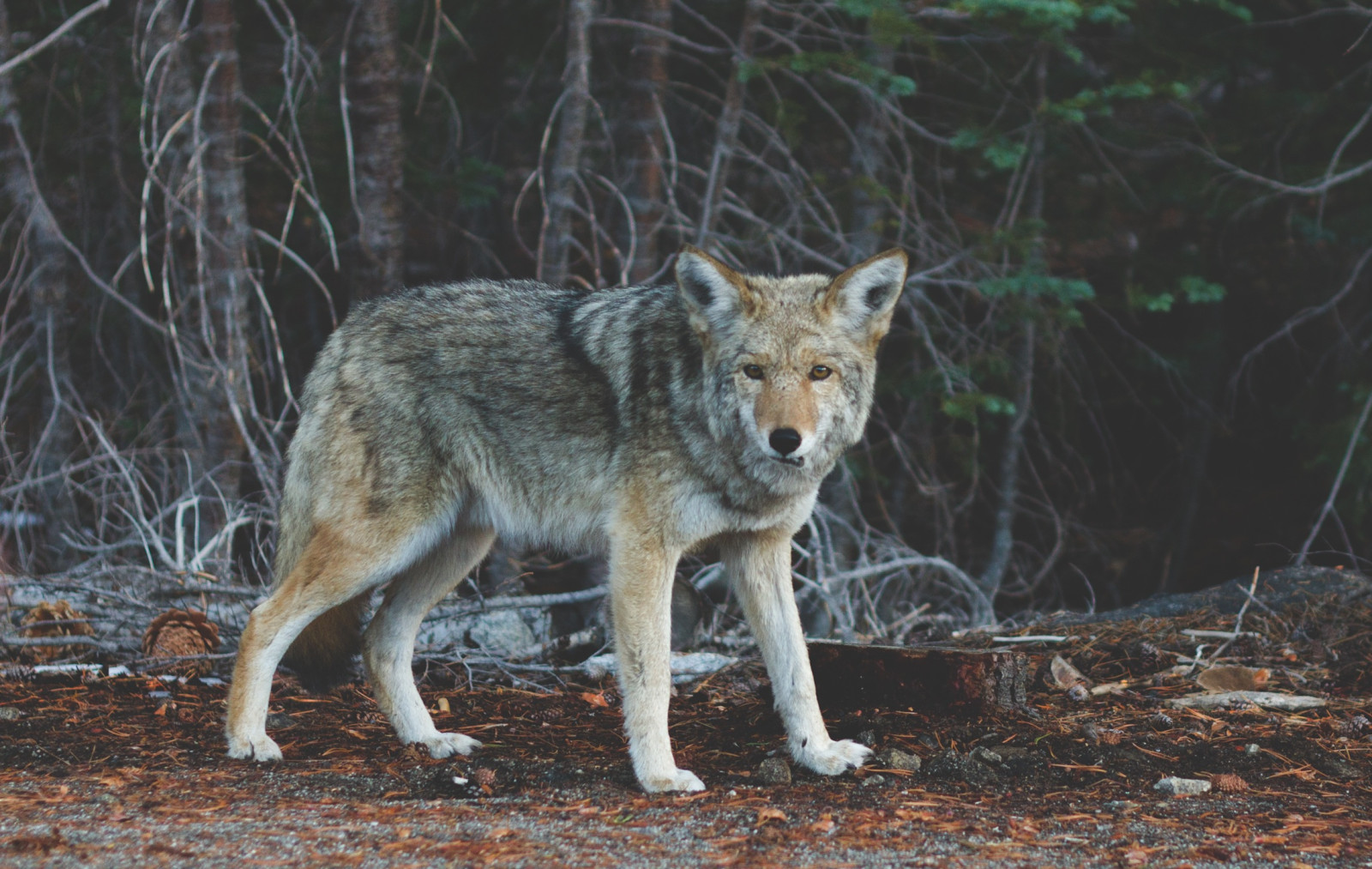
When you explore the outdoors with your grandkids, you might meet some interesting creatures like coyotes. Today, you'll learn why coyotes are important for nature and discover ways to keep our furry friends safe during our adventures.
Coyotes are like nature's superheroes! They help keep a balance in the wild by eating pests like rodents, but they also eat rabbits, frogs, and snakes. This makes sure there are not too many of them running around. Coyotes also help other animals by influencing where they live and how they act. So, when you see coyotes, you should remember they are just doing their jobs to help nature.
But you need to be careful when you have your pets with you. Here are a few simple tips to make sure they stay safe:
Stay Close:
Always keep your pets close to you by using a 6- or 8-foot leash. This keeps them safe and lets them explore without getting into trouble. Don’t allow them to go behind bushes where you can’t see them.
Watch Out:
Pay attention to your pets and nearby areas, especially during sunrise and sunset when coyotes are more active. Watching your pets helps you make sure they're safe and sound. Be extra careful if your pets are small. You might also check the area for signs coyotes have been there. You can look for scat or tracks. If you want to know my favorite book for learning about that, you can find it here!
Protect Your Yard:
Make sure your backyard is safe too. Use higher fences or enclosures to stop coyotes from coming in and bothering your pets. You might also install motion detecting lights and/or sprinklers.
No Easy Meals:
Coyotes are opportunistic and will eat a variety of things. I’ve seen coyote scat (aka poop) with gummy worms inside! So, don't leave any type of food outside that might attract coyotes. Keep your garbage cans secure, and don't leave pet food where coyotes can find it
Teach Others:
Let your grandkids and other adults know about coyotes and why it's important to be careful. Sharing what you've learned helps everyone stay safe, including the coyote.
These superheroes of nature make sure everything stays in balance. By following these simple tips, you can enjoy our outdoor adventures with your pets while keeping them safe. Let's appreciate the wonders of nature and make sure all creatures, big and small, can live happily together.

Now that you know about feeding wildlife, let’s look at the other needs of wildlife.
Water
California and other parts of the Southwest are under draught conditions most of the time. As a result, wildlife is desperate for water sources.
So, as your shower water warms, capture the cold stuff in a bucket. You can use it to water plants, but also fill a bird bath or small animal drinking fountain. Every morning I enjoy watching four or five hummingbirds fight for the perfect perch to take a bath in a fountain. Bees also visit for a quick drink, and we always need bees around to pollinate crops.
When you return from a day trip, let the ice from your ice chest melt. You’ve now got water for your fountain or bird bath.
Shelter
Like you and me, animals need shelter for sleeping, as well as raising young. But they also need it for protection. When you decide where to place a feeder or fountain, put it close to a dense shrub or tree for cover. Sometimes darting into a shrub is the only way to escape a large predator like a Cooper’s Hawk.
If you’re in a rural area and have the space, even a brush pile of limbs and branches can serve as shelter for sleeping or nesting wildlife.
Some people have luck with nesting boxes or nesting shelves, but not me. The native trees and shrubs in the canyon probably provide much nicer locations than a wooden shelf or clay nesting box.
If you don’t mind bats for neighbors, you might try a bat box. It’s a great place for bats to roost during daylight, and when they leave to forage at night, they’ll help rid your neighborhood of thousands of mosquitos and other insects.
Now that you know how to create a wildlife friendly yard, what will you provide? Will it be food? Water? Shelter? Or will it be all three?


